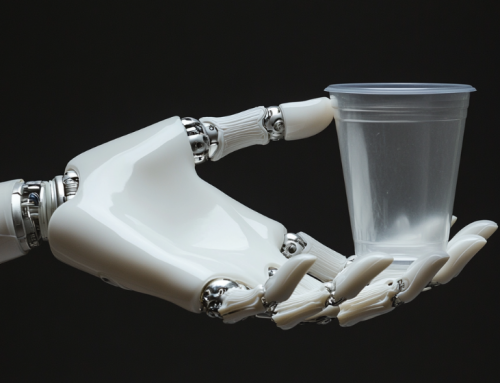
Apple’s New Blazing-Fast Mobile Chips Demonstrate Focus on AI
Andrew Ng may have famously called AI “the new electricity” due to the potential for the technology to soon become as ubiquitous –and revolutionary– as electricity, but what does that mean for the average consumer? The answer may be staring us directly in the face with the recent iPhone 8 and iPhone X launches and iOS, whose buzz-worthy and potentially game-changing features are underwritten by powerful machine learning capabilities built into the very architecture of Apple’s new technology. More from ComputerWorld:
The iPhone 8 and 8 Plus (and the upcoming iPhone X) are powered by Apple’s A11 bionic processor, which is a six-core SoC optimized for A.I.
Some users and pundits are disappointed with some aspects of the iPhones. But to build a processor like the A11 into a phone (instead of a supercomputer) is revolutionary without question.
Not only can this six-core chip fire all cores simultaneously, it’s really fast. Benchmarks are showing that the A11 blows away the newest iPad Pros in performance and is closer to Apple’s fastest laptops.
The revolutionary bit, however, is dedicated hardware Apple calls a “Neural Engine.” This part can perform up to 600 billion A.I.-specific operations per second. The “Neural Engine” is designed to work with Apple’s Core ML developer tools, which exist for app developers to gain easy access to the power of machine learning.
Thanks to this complete A.I. system, iOS developers can plug A.I. into otherwise mundane apps.
Today, a tiny fraction of the available third-party iPhone apps use machine learning. Within a few years, most of them probably will.
The revolution is the mainstreaming and genericization of A.I., becoming as easy to access as electricity.






